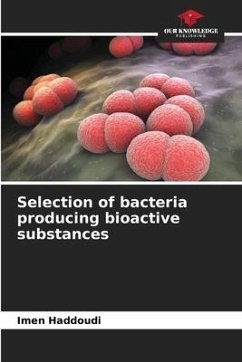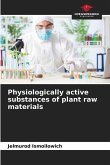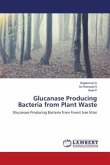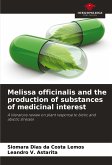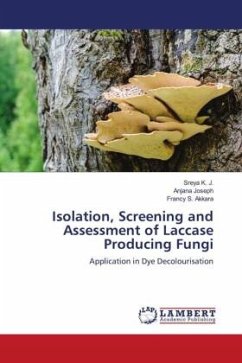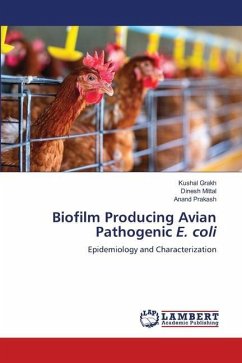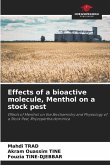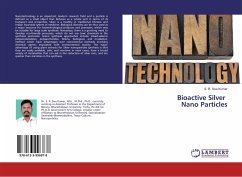After a phenotypic study of the bacterial isolates, two groups were obtained: a major group (75%) corresponding to mycelial bacteria, i.e. actinomycetes, and a group (25%) corresponding to non-mycelial bacteria. The percentages of strains with inhibitory activity were considered to be very high, mainly for actinomycetes. They can reach 80 and 100% for isolates with antifungal and antibacterial activity respectively. Most active isolates are able to solubilize phosphates, produce IAA and synthesize proteases, amylases and chitinases. The AH281 actinomycete isolate with antimicrobial activity against all target germs was selected in order to optimize the conditions for producing bioactive molecules, such as culture medium, incubation period, temperature and pH. This study led to the conclusion that strain AH281 is highly active in nutrient broth, at 30°C and pH 9. Preliminary identification of the synthesized molecule showed it to be non-proteinaceous and resistant to high temperatures.
Bitte wählen Sie Ihr Anliegen aus.
Rechnungen
Retourenschein anfordern
Bestellstatus
Storno

